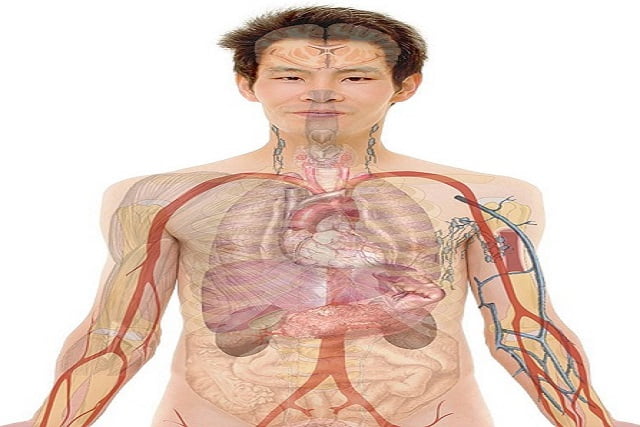Theories of Evolution: Jean Lamarck’s theories, Charles Darwin’s theories, Modern theories
Organic Evolution Organic evolution is the sum total of adaptive changes from pre–existing or old forms that has taken place over a long time resulting in diversity of forms, structures and functions among organism. The basis of evolution is that all organisms have pre–existing ancestors. Evidence of evolution Fossil record: A fossil is an impression […]

